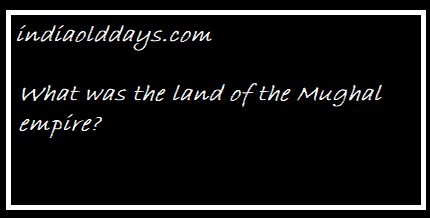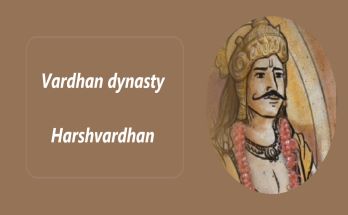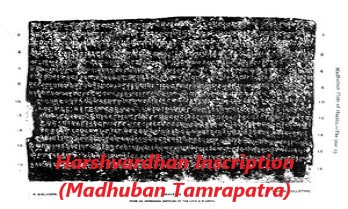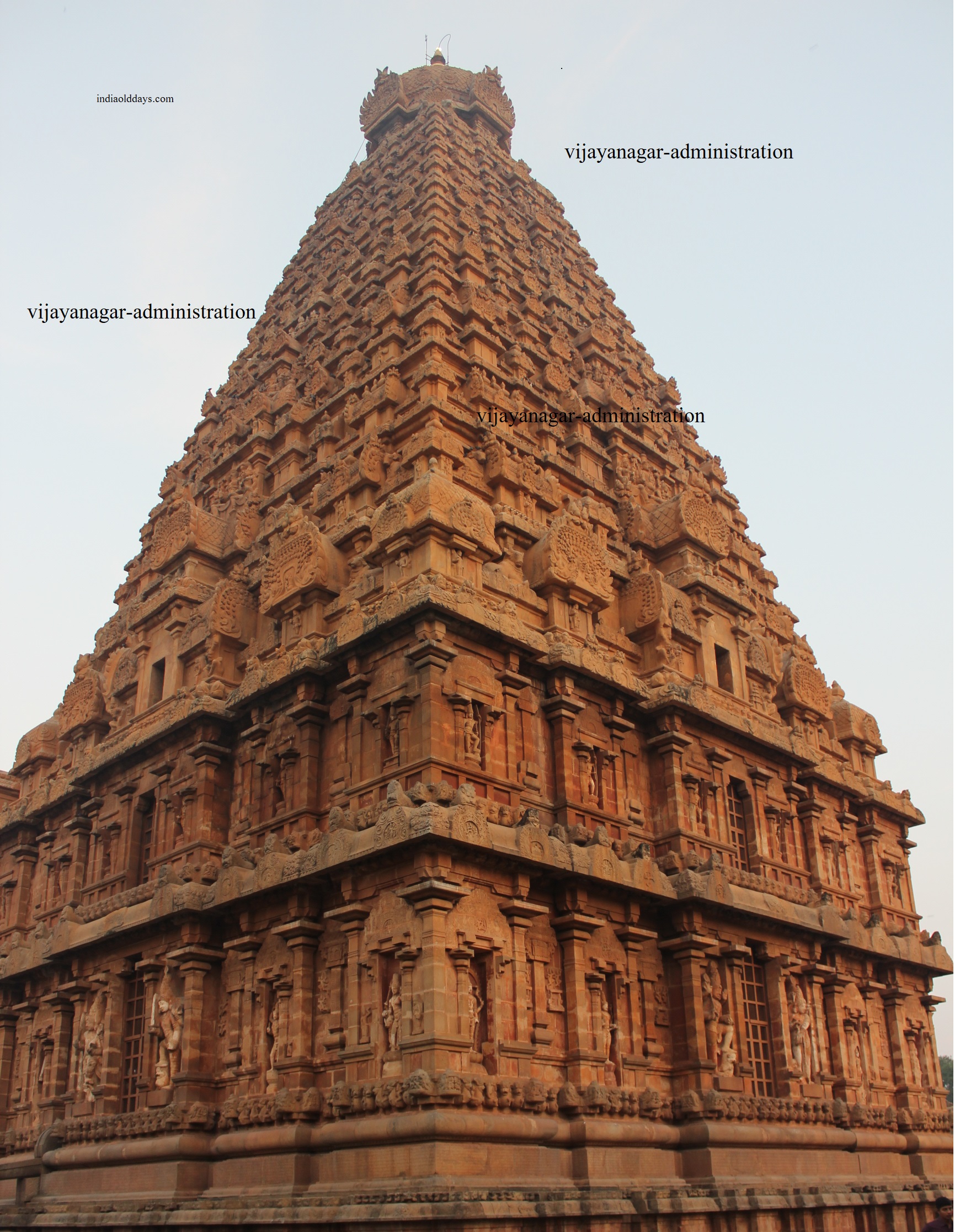What was the Bhudan of the Mughal empire? Manor, help-e-mash, emma, waqf, khalsa, altamga

Other Important Facts-
Much of the Mughal empire was given in the form of Bhudan. Bhudan were of the following types:
-
jagir-
The land which was given to the Manasbars in exchange for their wages. It was also transferred.
-
Watan jagir-
This subordinate kings used to have a given estate in their own governance area. It had their hereditary right over it. It was not transferred. Aurangzeb had first attempted to join the empire in the context of Marwang.
-
madad-e-mash-
It was known as Surgl and Milk (Amlak) land. In the Rajasthan it was called the rule, the land donation was permanent and hereditary. Although Akbar used to own this right himself, this land was not transferred and he lived in hereditary form with the grantee.
-
Emma –
This land was given to Muslim religion and judges for prayer and praise.
-
Waqf-
There were land and money possessions given to institutions for religious work.
-
Altamgaon –
It was based on Taimuri tradition started by Jahangir. This special royal grace was given to the religious person who was given hereditary. It could be canceled only by the imperial order in special circumstances. It was in conformity with the madad-A-mash.
-
vajeepha-
This grant was given to the poor, the disabled, the scholars and the religious persons in cash. All these grants were for a separate department, whose chairman was Sadr-us-sudoor, but in the time of Akbar, The King had done
-
Khalsa –
This was the land which was managed by the Central Government and whose income was secure for the state. The total land area of the Khalisa land empire was 20 percent, but its area continued to dwindle with the king’s will. Jahangir The area of Khalsa land was greatly reduced in time, but Shah Jahan increased it. Khalisa land was converted into jagir and the manor in Khalsa land. Or could be. During the period of Jahangir, Khalisa was a part of the land under 1/9 of the land, but during Aurangzeb’s reign, it increased to 1/5 of the total land.
Reference : https://www.indiaolddays.com/





